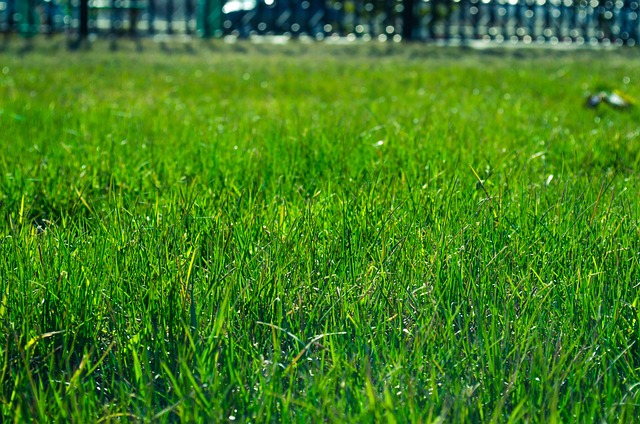Evaluating your backyard starts with observing sunlight patterns, natural features, and existing layout to guide strategic zone placement for relaxation and entertainment. Defining areas, balancing aesthetics and practicality, and using effective division strategies are key backyard design tips to transform your yard into a functional and inviting space that aligns with your lifestyle and preferences.
Transform your backyard into a functional and stylish oasis with our professional advice on backyard space division. Discover how to evaluate your layout, define areas for various activities, and incorporate design considerations that blend aesthetics with practicality. From plants and structures to multi-use solutions, learn the strategies to create a harmonious outdoor environment tailored to your lifestyle. Enhance your backyard design tips with these expert insights for a space that truly suits you.
Evaluating Your Backyard Space: Understanding the Layout
Evaluating your backyard space is the first step in transforming it into a functional and aesthetically pleasing area. Start by assessing the existing layout, considering factors like sunlight exposure, shading, and natural features such as trees or bodies of water. These elements will dictate where you can place certain areas dedicated to different activities, like dining or gardening.
Backyard design tips encourage making the most of your space by defining distinct zones. For instance, create a cozy seating area under a shade tree for relaxation, or carve out a dedicated space for entertaining complete with a grill and outdoor kitchen. By understanding your backyard’s unique characteristics and planning accordingly, you can craft an inviting outdoor sanctuary tailored to your lifestyle and preferences.
Defining Areas: Creating Functional Zones for Different Activities
Defining areas is a crucial step in transforming your backyard into a functional and inviting space. When planning, consider separating different zones for various activities to enhance usability and overall enjoyment. For example, designate an area solely for relaxation with comfortable seating, outdoor cushions, and perhaps a shade structure or umbrella. This zone should promote tranquility and be free from distractions, allowing you to unwind amidst nature.
On the other hand, create a dedicated space for entertaining guests, complete with a dining table, BBQ grill, and outdoor lighting. The entertainment area might also include a small garden or patio where you can display potted plants or set up outdoor games. By defining these zones, you ensure that each area serves a specific purpose, catering to different activities and preferences within your backyard design tips framework.
Design Considerations: Blending Aesthetics and Practicality
When designing your backyard space, striking a balance between aesthetics and practicality is crucial for creating an inviting and functional outdoor area. Backyard design tips encourage incorporating visual appeal with thoughtful functionality. Consider the overall style you wish to achieve – whether it’s a modern, minimalist look or a rustic charm – and select materials and elements that align with this vision. For instance, choosing visually appealing paving stones or natural-looking decking can enhance the beauty of your outdoor space.
At the same time, ensure your design caters to practical needs. Think about how you’ll use the backyard most often. Will it be for al fresco dining, entertaining guests, or simply relaxing? Incorporate features that cater to these activities, such as a comfortable seating area, a barbecue station, or an outdoor kitchen. Additionally, consider privacy and shade – strategically placed trees, fences, or pergolas can create desired microclimates while maintaining the overall aesthetic appeal of your backyard design tips.
Implementing Division Strategies: Plants, Structures, and Multi-Use Solutions
Implementing effective division strategies is key in transforming your backyard into a functional and aesthetically pleasing space. One of the most natural and eco-friendly approaches is to utilize plants as dividers. Strategically placed shrubs, hedges, or trees can create defined areas while adding greenery and visual interest. Consider choosing native species that thrive in your climate, ensuring low maintenance and attracting local wildlife.
For a more structured look, consider building permanent or temporary structures like fences, pergolas, or trellises. These can define different zones within your backyard, providing privacy and a sense of separation. Multi-use solutions, such as raised garden beds or outdoor room dividers, offer versatility. They can serve as functional barriers while also doubling as gardening areas, play spaces, or relaxing retreats, enhancing the overall backyard design tips and maximizing your outdoor living experience.
Transforming your backyard into a functional and aesthetically pleasing space is achievable through thoughtful planning. By evaluating your layout, defining areas for specific activities, and considering design elements that balance aesthetics and practicality, you can create a versatile outdoor oasis. Implementing division strategies with plants, structures, or multi-use solutions not only enhances the visual appeal but also maximizes your backyard’s potential, offering a peaceful retreat tailored to various activities. Embrace these professional backyard design tips to unlock a vibrant and organised outdoor sanctuary.
